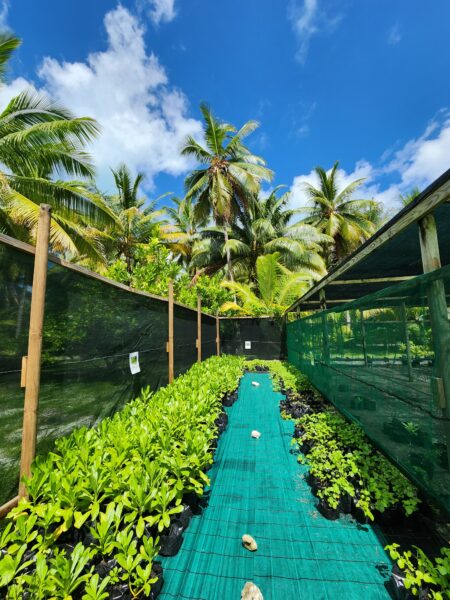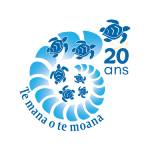OUR PROGRAMS
Fa'atura te tahatai Project
For many years, the coastlines of the high volcanic islands in the Society Islands archipelago have been under intense pressure due to increasing urbanization and human intervention along the shoreline, particularly through land reclamation. The construction of seawalls or rock armoring along these reclaimed areas disrupts natural ocean currents. Such artificial structures contribute to coastal erosion and the gradual disappearance of sandy beaches.
In addition, soil erosion leads to sediment runoff into the lagoon, where sediments settle on corals, depriving them of light, oxygen, and essential nutrients for their survival.
These coastal transformations result in significant degradation of natural habitats, even though preserving them represents one of the most effective “Nature-based Solutions” to combat coastal erosion and protect homes and infrastructure (roads, bridges, etc.) against cyclones and heavy swells. The most threatened ecosystems include coastal forests, swamp forests (also called sub-mangroves or pseudo-mangroves), and salt-tolerant grasslands dominated by Paspalum vaginatum grass.
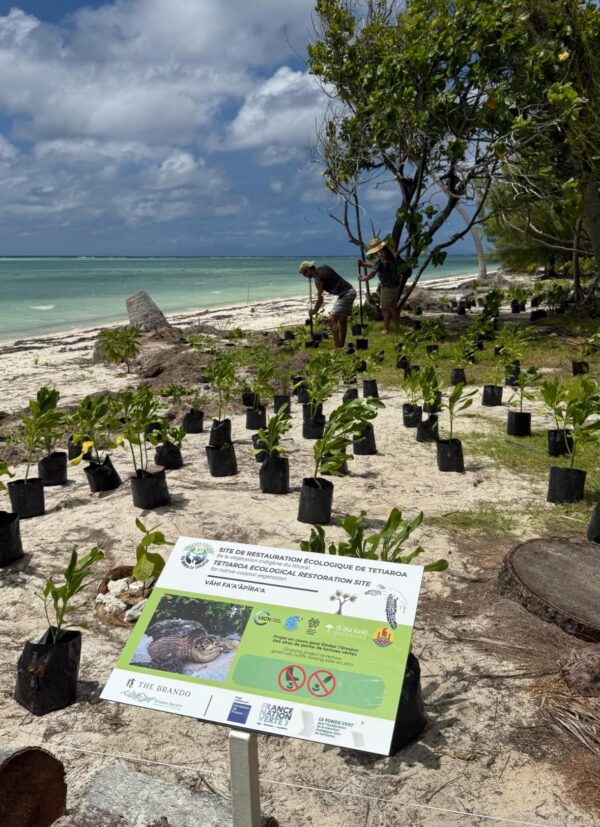
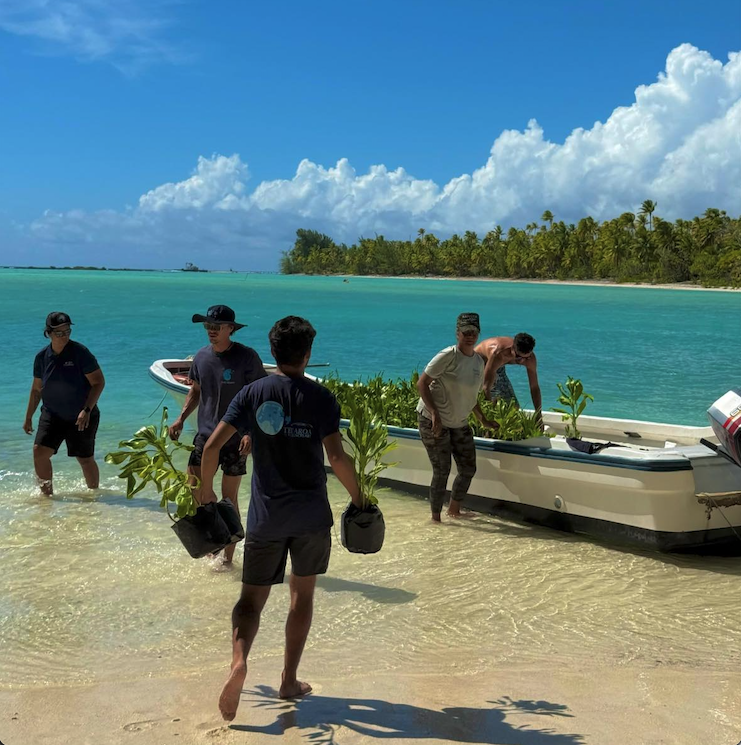
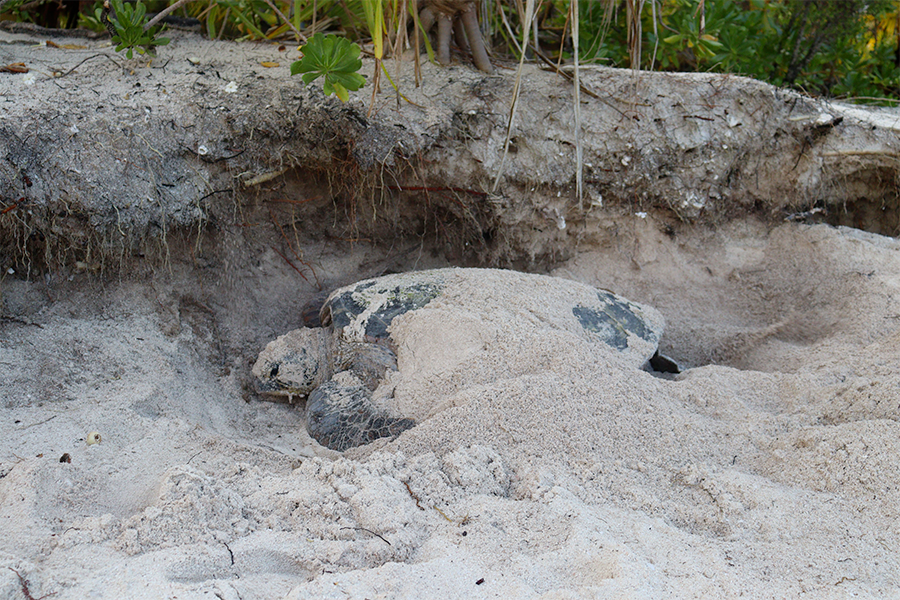
Project objectives :
-
The “Fa’atura te Tahatai” project is a collaborative “research–conservation” initiative focused on the coastal biodiversity of the Society Islands in French Polynesia. It aims to carry out restoration operations of native coastal vegetation and to share a protocol based on the best available scientific data, enriched with feedback from concrete restoration actions implemented at five sites across three islands of the archipelago (Tahiti, Moorea, and Tetiaroa).
The project also includes a wide-reaching awareness program that will contribute, in the long term:-
to the restoration of coastal biodiversity in French Polynesia
-
to adaptation to the effects of climate change.
With the participation of our association’s sea turtle specialists, the project also incorporates a component dedicated to the restoration and preservation of green turtle nesting sites, particularly at the two pilot sites on Moorea and Tetiaroa.
-
2025 Report on the Tetiaroa Sites :
-
Creation of a 54 m² plant nursery on Onetahi motu
-
Environmental assessment of our sites
-
Growing of seedlings
-
Preparation of the four ecological restoration sites for planting
-
Planting of over 1,000 native plants across the four sites
-
Monitoring the growth of the various planted native species
Partners :
- This is an ambitious “research–conservation” partnership involving the French Committee of the IUCN, the association Te Mana o te Moana, FAPE-Te Ora Naho, and the Tahitian Historical Society, with scientific, technical, and logistical support from the Research Delegation of French Polynesia and the eco-museum Te Fare Natura.
